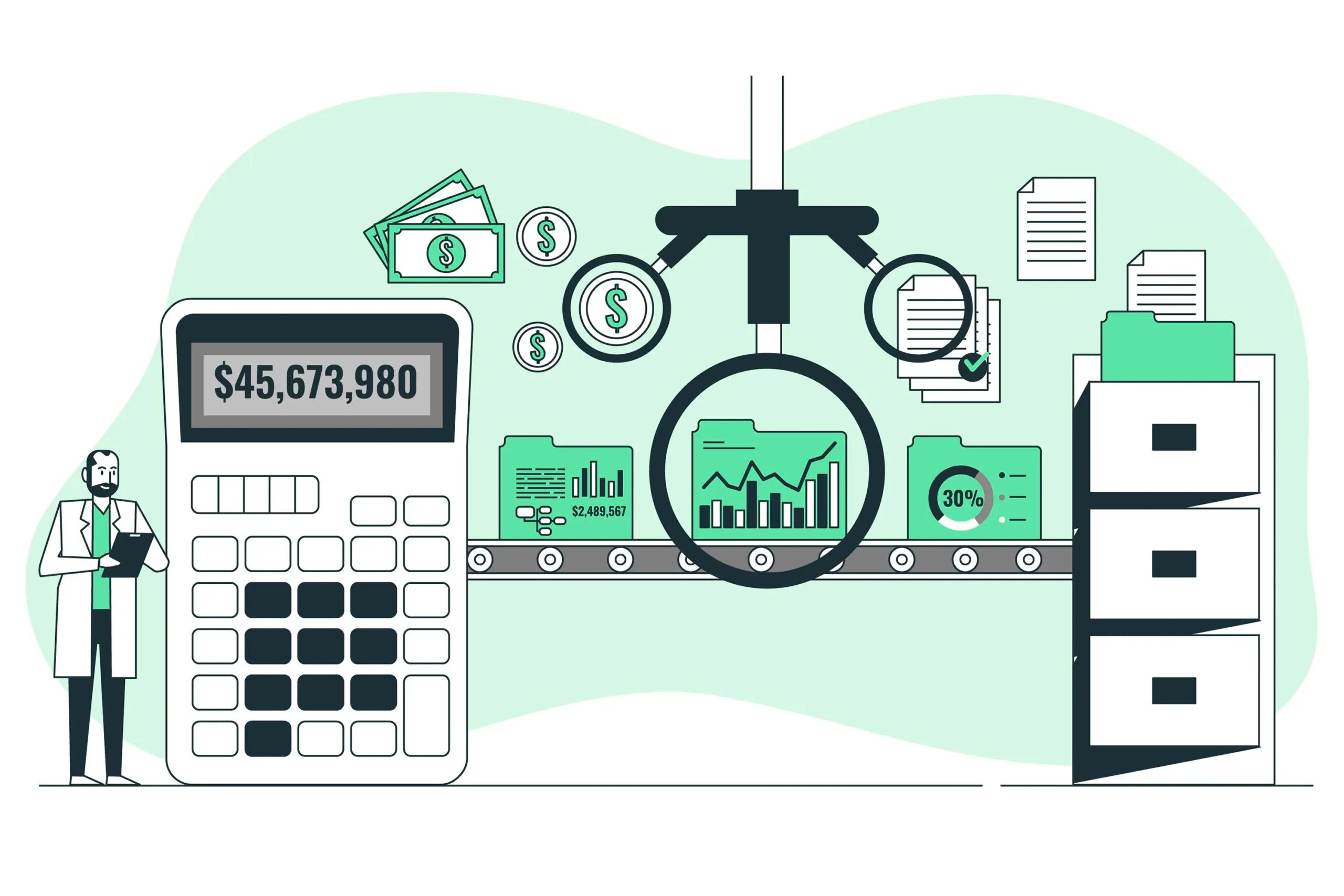Welcome, brave entrepreneur, to the thrilling world of operating expenses! Yes, you heard it right. Thrilling. If you thought accounting was all about boring numbers and tedious calculations, then buckle up, because we’re about to take you on a wild ride through the exhilarating landscape of small business operating expenses.
Now, you might be wondering, “What on earth are operating expenses?” Well, dear reader, operating expenses, often abbreviated as OPEX, are the costs associated with running your business on a day-to-day basis. These can include anything from rent and utilities to employee salaries and office supplies. But don’t worry, we’ll dive deeper into the nitty-gritty of these expenses in the sections below. So, grab your calculator, put on your accountant’s hat, and let’s get started!
Types of Operating Expenses
Operating expenses are like the ingredients in a complex recipe. Each one plays a crucial role in the overall flavor of your business operations. And just like a recipe, there are different types of operating expenses. Some are as common as salt and pepper, while others are as exotic as saffron and truffle oil.
Let’s start with the basics. The most common types of operating expenses include rent or mortgage payments, utilities, salaries and wages, and office supplies. These are the bread and butter of your business operations. Without them, your business would be like a sandwich without the sandwich – just a sad pile of ingredients with no structure or purpose.
Rent or Mortgage Payments
Unless your business operates out of a magical floating castle (in which case, please invite us over), you’re probably paying for some sort of physical space. This could be an office, a retail store, a warehouse, or even just a desk in a coworking space. Whatever it is, the cost of this space is considered an operating expense.
Now, you might be thinking, “But I own my office space, so I don’t have to pay rent!” Well, my friend, you’re not off the hook just yet. If you own your business space, you’re likely making mortgage payments, which are also considered an operating expense. So, whether you’re renting or owning, the cost of your business space is an important ingredient in your operating expenses recipe.
Utilities
Unless you’ve discovered a way to run your business using only candlelight and carrier pigeons (again, please share your secrets), you’re probably using some sort of utilities. This can include electricity, water, gas, internet, and even trash removal. All of these costs are considered operating expenses.
Now, you might be thinking, “But I work from home, so I don’t have to pay for utilities!” Well, my friend, you’re not off the hook just yet. If you use any utilities for your business, even if it’s just your home internet connection, these costs can be considered operating expenses. So, whether you’re running a bustling office or a quiet home business, utilities are another crucial ingredient in your operating expenses recipe.
How to Calculate Operating Expenses
Now that we’ve covered what operating expenses are and the different types, it’s time to get down to the fun part: calculations! Yes, you heard it right. Fun. Because who doesn’t love a good math problem, right?

Calculating your operating expenses is like solving a puzzle. Each piece represents a different expense, and you need to fit them all together to get a clear picture of your business’s financial health. But don’t worry, we’re here to guide you through the process. So, grab your calculator, put on your thinking cap, and let’s get started!
Identifying Your Expenses
The first step in calculating your operating expenses is to identify all the costs associated with running your business. This might seem like a daunting task, but don’t worry, we’re here to help. Start by making a list of all the things you pay for on a regular basis. This can include rent or mortgage payments, utilities, salaries and wages, office supplies, and any other costs associated with your day-to-day operations.
Once you’ve made your list, it’s time to start crunching numbers. Add up all your expenses for a given period (usually a month or a year) to get your total operating expenses. This number is like the final score in a game. It tells you how much it costs to keep your business running and can help you make important decisions about your operations.
Calculating Your Operating Expense Ratio
Once you’ve calculated your total operating expenses, you can use this number to calculate your operating expense ratio. This ratio is like your business’s report card. It tells you how efficiently you’re using your resources and can help you identify areas where you might be overspending.
To calculate your operating expense ratio, divide your total operating expenses by your total revenue. Then, multiply this number by 100 to get your ratio as a percentage. The lower your ratio, the more efficiently you’re running your business. So, if your ratio is high, it might be time to start looking for ways to cut costs and improve efficiency.
How to Reduce Operating Expenses
Now that we’ve covered what operating expenses are, the different types, and how to calculate them, it’s time to tackle the big question: how can you reduce your operating expenses? After all, every penny saved is a penny earned, right?
Reducing your operating expenses is like going on a diet. It requires discipline, careful planning, and a willingness to make tough decisions. But don’t worry, we’re here to guide you through the process. So, grab your budget, put on your cost-cutting hat, and let’s get started!
Review Your Expenses Regularly
The first step in reducing your operating expenses is to review your expenses regularly. This is like stepping on the scale every morning. It gives you a clear picture of where you stand and helps you identify any problem areas. So, make it a habit to review your expenses at least once a month. This will help you stay on top of your finances and spot any unnecessary spending.
When reviewing your expenses, look for any costs that seem unusually high or unnecessary. These could be areas where you can cut back. For example, if you notice that your utility bills are through the roof, it might be time to start turning off the lights when you leave the room. Or, if you’re spending a fortune on office supplies, it might be time to start reusing paper clips and stapling less.
Negotiate with Vendors
Another way to reduce your operating expenses is to negotiate with your vendors. This is like haggling at a flea market. It might feel uncomfortable at first, but it can save you a lot of money in the long run. So, don’t be afraid to ask for a discount or better terms. The worst they can say is no, right?
When negotiating with vendors, it’s important to be respectful and professional. Remember, they’re running a business too, and they need to make a profit. So, instead of demanding a lower price, try asking if there’s any flexibility in their pricing or if they offer any discounts for long-term customers. You might be surprised at how much you can save with a little negotiation.
Conclusion
Well, there you have it, folks. A comprehensive, and dare we say hilarious, guide to operating expenses. We’ve covered everything from what they are and the different types, to how to calculate them and ways to reduce them. We hope this guide has been helpful and has made the world of accounting a little less intimidating.
Remember, operating expenses are a crucial part of running a business. They’re the ingredients in your business operations recipe, the pieces in your financial puzzle, and the numbers on your business’s report card. So, take the time to understand them, calculate them accurately, and find ways to reduce them. Your bottom line will thank you!


